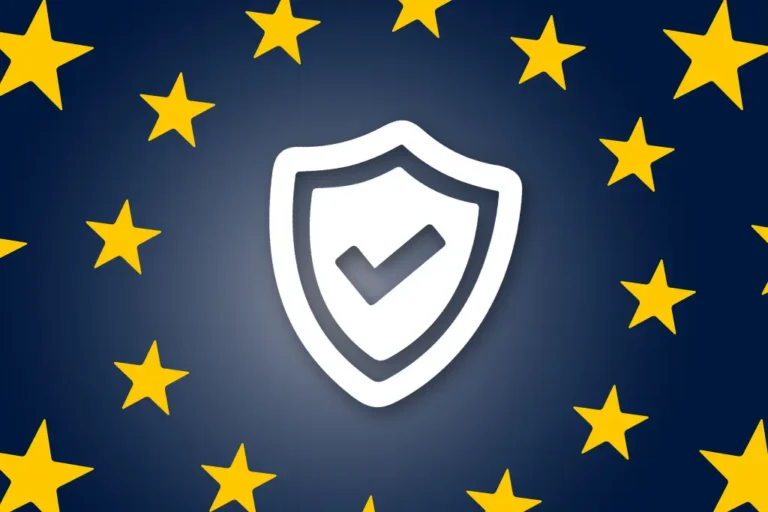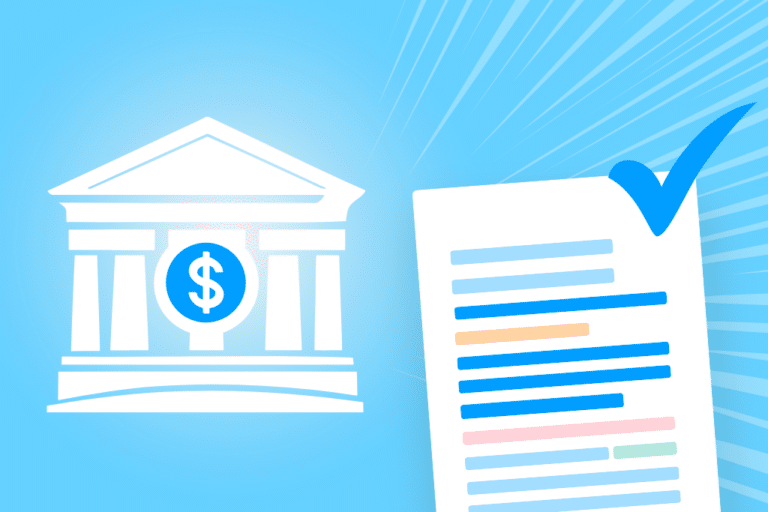ESG criteria: what are the basics?
In 2022, organizations must adapt their strategies for investment and action. This should include ESG (environmental, social and governance) criteria. Contrary to what some may think, companies that prioritize ESG at the heart of their strategies achieve better financial and social performance, leading to growth. The best ESG profiles have a portfolio about 2.3 times better over nine years than those with the worst.
From a day-to-day perspective, taking ESG criteria into account within a more responsible company is not necessarily self-evident. Firstly, ESG criteria need to be embedded into a line of business that can accommodate them. The same applies to corporate strategy, which must be adapted to issues relating to the environment, the situation of employees, and the company’s stakeholders, not forgetting problems of sustainable governance. This leads to a comprehensive strategy that considers the risks inherent in the company’s activity. This allows governance meetings to have an overall perspective and demonstrate that the company is willing to incorporate non-financial considerations. This, in turn, creates added value and ensures the sustainability of the business.

Stakeholder consultation
Stakeholders are the people who interact with companies: employees, suppliers, consumers, trade unions, public authorities, and so on. They are essential when implementing CSR tools as they are taken into consideration during discussions and implemented strategies. A company that applies ESG criteria is transparent to its stakeholders and regularly consults them. Companies like this can refer to the ISO 26000 standard if they wish to identify stakeholders accurately and engage with them.
Definition of the main core areas and fields of application
Once these steps are completed, it is a matter of defining precisely the aspects on which it is important to act. What are the main areas of initiative within the company to enable a socially responsible dynamic to be created? In which areas can the company implement such an approach? These are questions that need to be addressed fully and clearly – including by meeting stakeholder expectations and developing projects.
ESG criteria and the company’s strategic plan of action
With full transparency, the company sets out its current situation and its plans for the future (over a more or less long term). It sets up a strategic action plan to create synergy, including using governance institutions to carry out a coherent and social strategy within the company.
Implementation and deployment of the strategy
Once the strategy has been fully set out and all the outline areas have been drawn up, it is time to move on to implementation. It is often at this stage that things become complicated for many companies. At the investment stage, ESG Due Diligence is an effective tool for identifying the major risks associated with deploying these aspects. Once the acquisition is complete, an assessment of ESG criteria is carried out to determine how much the company will gain and a plan for progress is established.
Monitoring and reporting on ESG criteria
Monitoring the evolution of ESG criteria over time allows for better alignment with the company’s processes. This allows for changes to be made when approaches are not working as intended, or aspects to be added to the original strategy. For proper reporting, the best monitoring tools are needed.
? This content may also be of interest to you:.


